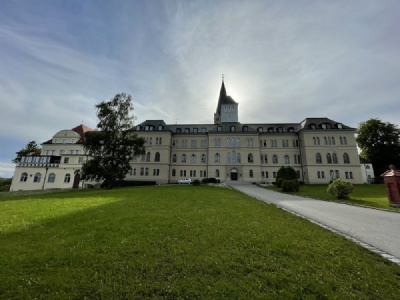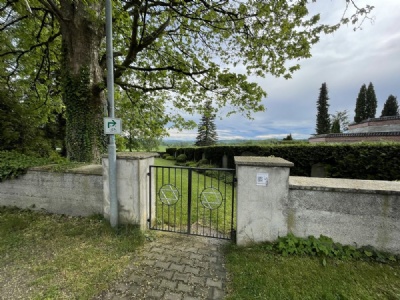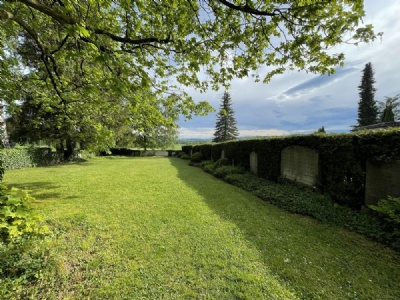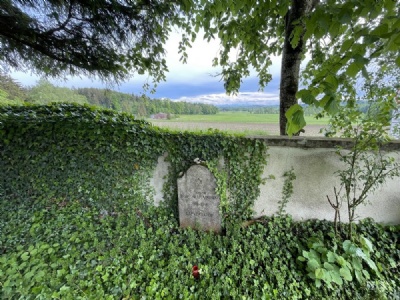St. Ottilien
About thirty kilometres west of Munich lies a village called St. Ottilien. In 1941, the Nazi security police (SIPO) took over the old monastery in the village. The monastery had advanced medical equipment and was converted into a military hospital. After the end of the war, the monastery became a camp for displaced persons (mainly Jews). They were usually seriously ill and malnourished after living under Nazi oppression for a long time in camps where they had been forced to slave labour. Between 1945 and 1948, about 5,000 people (the majority were Jews) ended up in the monastery where they received care and time for recovery. However, many of the people who ended up in the monastery died shortly after the end of the war, partly because of the injuries/diseases they incurred during the war, partly because their bodies were unable to handle the increased amount of food they received after the liberation. These people were buried in a cemetery next to the monastery cemetery. Until 1948, about 65 Jews were buried in the cemetery. Some people stayed longer than others and when health allowed, they were given various tasks to spend the days with. A school was established for the children who came to the monastery. The camp was dismantled in 1948 and until then about 450 children had also been born in the monastery.
Current status: Preserved with information board. (2024).
Location: 48°05'39.62"N 11°02'52.71"E
Get there: Car.
Follow up in books: Nasaw, David: The Last Million: Europe’s Displaced Persons from World War to Cold War (2020).





The monastery still exists and carries on church activities. The small Jewish cemetery is simple but worthy with nice views of the countryside. During the fifties and the sixties many relatives had their relatives remains retrieved and brought to Israel for reburial. There are information boards somewhere around the monastery that tell about the history of the monastery.